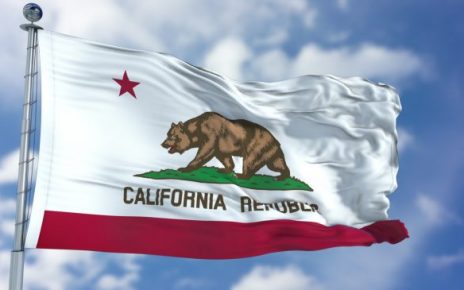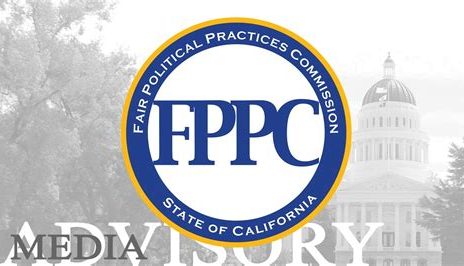Voter Qualifications in California
Voter qualification rules are found in the California Elections Code in Division 2, Chapter 1. Article 1 provides General Provisions and it references Article II, Section 2 of the California Constitution. Section 2(a) specifies that “a United States citizen 18...







